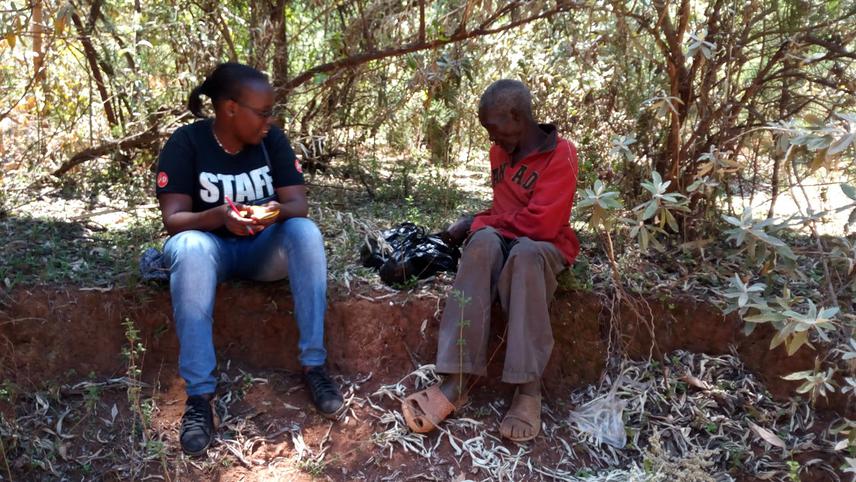Emily Kiplagat
Other projects
16 Apr 2018
Ethnobotany & Conservation: Incorporating Traditional Herbalists and Local Schools in the Management & Conservation of Medicinal Plants, Baringo County-Kenya
26 Sep 2023
Win-Win Situation- Integration of Bee Keeping in Conservation of Medicinal Plants
1) Document traditional knowledge of health security, drug preparation & threats to indigenous medicinal plants in Baringo County-Kenya.
2) Establish/strengthen nature clubs for pupils to learn hands-on techniques for conserving medicinal/rare plants in seed banks and living collections, monitor plant populations, restore and manage native habitats in Baringo County-Kenya

The use of indigenous knowledge about traditional medicinal plants has widely been practiced; transferred orally & secretly from generation to generation amongst the Tugen sub-tribal communities in Baringo County-Kenya. However, little information has been documented on the types of plant species, location of the plants in question and forms of application. Medicinal wild plants are almost totally lost via anthropological impacts, selective use, deforestation, overgrazing and over-exploitation. The rich indigenous knowledge of medicinal plant use is nearly disappearing because of poor generation transfer & young generation’s disinterest to learn from the traditional herbalists. Unless this indigenous knowledge is documented and potential medicinal plant species conserved, it could be lost forever .My project proposes that conservation and proper management of this biodiversity hot spot to be done to encourage salvaging the vital habitats for these threatened medicinal plant species. My first issue in all this work is to undertake an ethno-botanical study; to investigate the plants & associated indigenous knowledge among the sub-tribes in Baringo County. My second issue is to approach the associated threats from a conservation perspective and facilitate the construction of management strategies that promote adoption of conservation implementations. This ethno-botanical information will be used to conserve the traditional knowledge of the area before the information is lost, rescue the global heritage in addition to the new drugs discovery.
This study will be particularly important in reinforcing conservation, sustainable management & the protection of East African Sandalwood (Osyris lanceolata) which has recently entered the international market as a substitute of the traditional sandalwood oil originally sourced from Asia and Australia and which is currently being proposed for inclusion to Appendix II of CITES (CoP16 Prop. 69). The outputs from this work will be; checklist of medicinal plants, distribution map for the medicinal plants & PDF containing clear photographs of plant species, parts used (bark, leaf, root, stem, seeds) with mode of preparation, mode of administration & its effectiveness. This product will be uploaded to Rufford website, National Museums of Kenya website & others to ensure that ethno-botanical data from this project is more accessible. My project will establish/strengthen nature clubs at selected primary schools, set-up nursery beds for artificial propagation for restoration to ensure that this project has a long-lasting impact long after this Rufford project has come to an end.